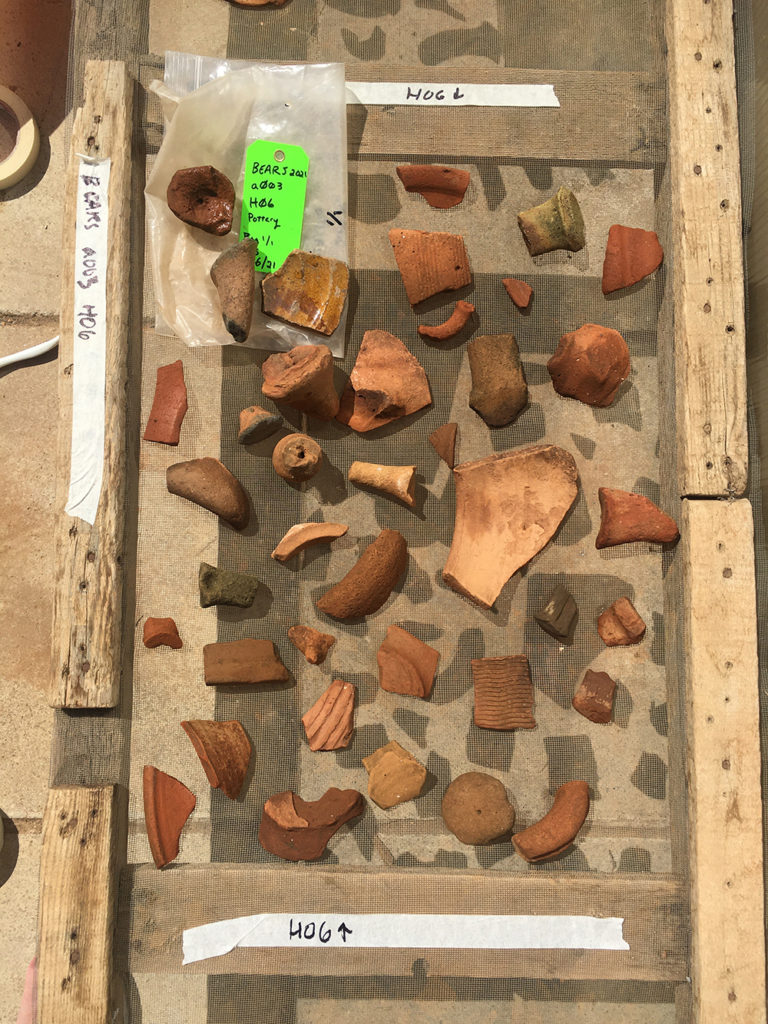After a series of minor miracles (and careful planning), the Bays of East Attica Regional Survey was able to secure funding and permits for a 2021 field season. Our season will be shorter this year (just four weeks), and many of our key team members were unable to travel to Greece due to the pandemic. On the blog this month, you’ll hear some more about COVID, including our team’s mitigation and safety measures and how the pandemic has changed the way we think about archaeology. We’re also planning some posts that are more typical of a good old field archaeology blog (including a highly anticipated archaeological confessional with our fearless leader, Sarah C. Murray). But, let’s not rest on our blogging laurels; we just finished our first week of field work and there is much to report!


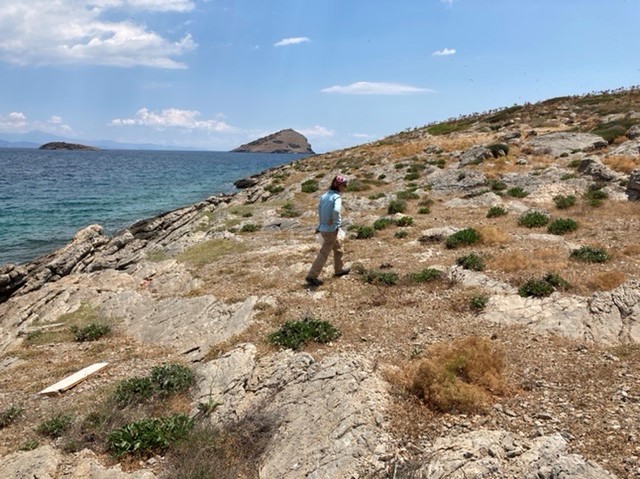
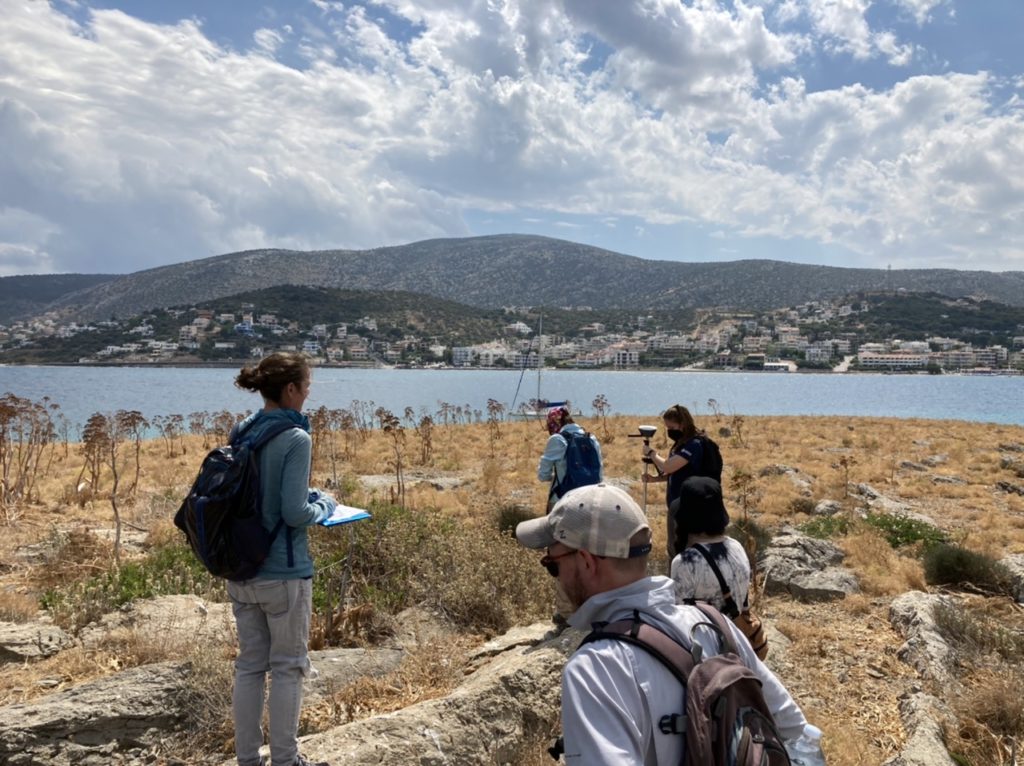
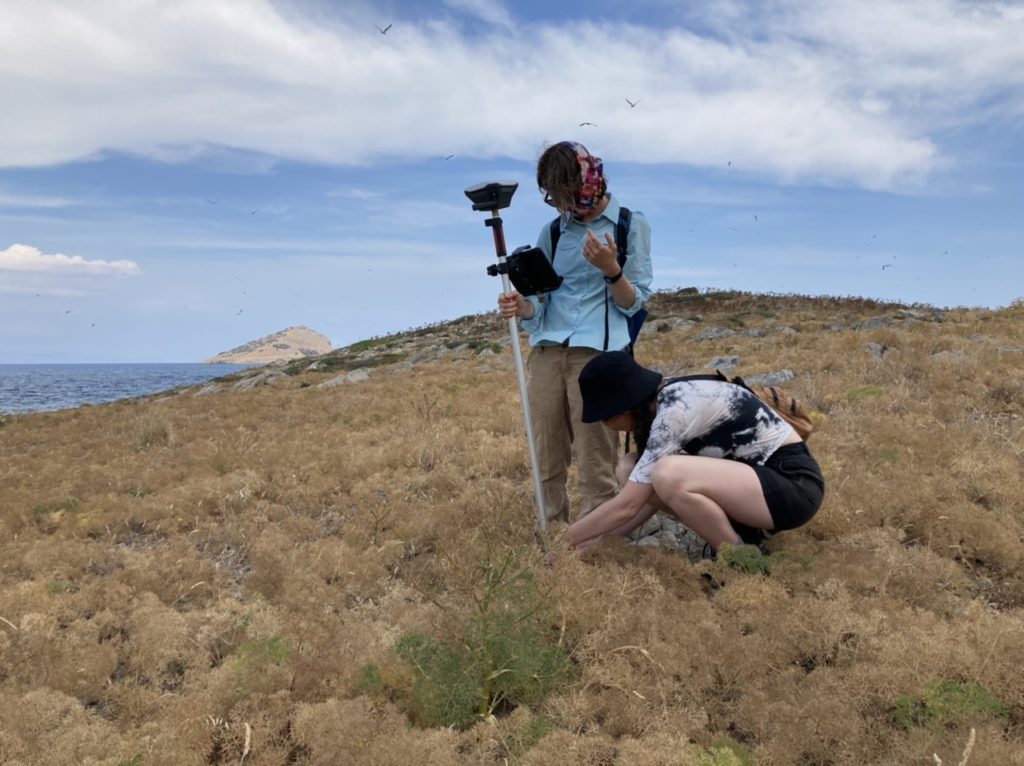
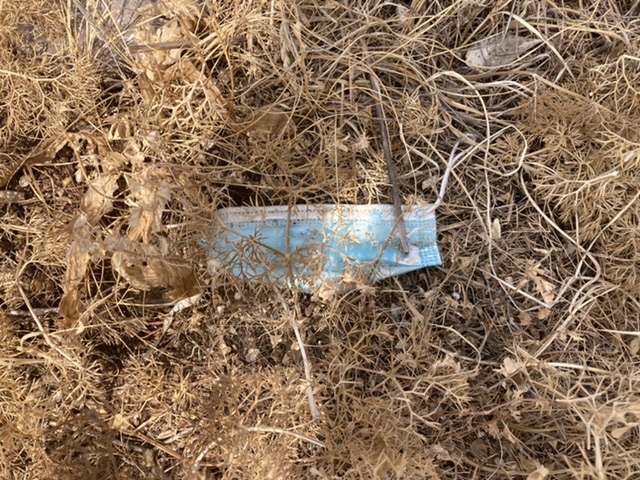
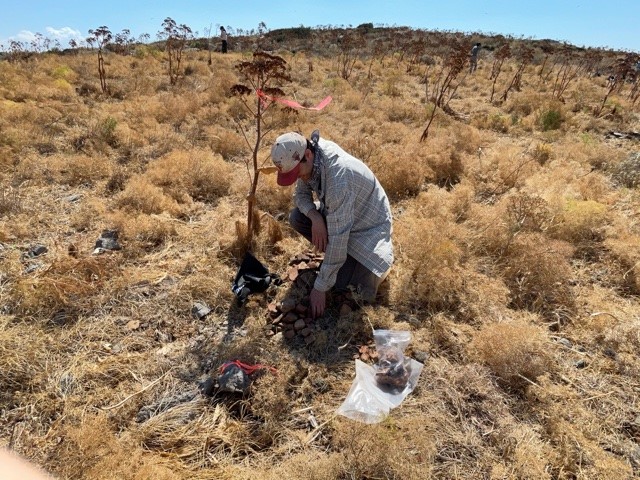
What’s more, the Praso assemblage has shown a very different functional profile than its sibling island of Ratfis. The team has collected several ceramic wasters, slag, and pieces of ore, suggesting that the fires of industry may have roared at various points in Praso’s history. Other finds have included glass, figurines, obsidian and chert lithics, and, of course, abundant combed amphora body sherds. A few days of field collection have only begun to reveal the many secrets of this small and deceptively complex islet.
